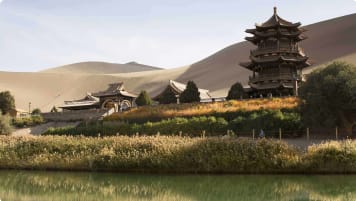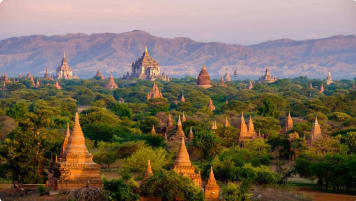Highlights of Myanmar | Mandalay
Built in 1857 on the Irrawaddy River or Ayeyarwady River by King Mindon prior to complete British rule, the city of Mandalay still bear traces of royal grandeur in the palaces and monasteries built during his reign.
7 Jan 20 · 3 mins read
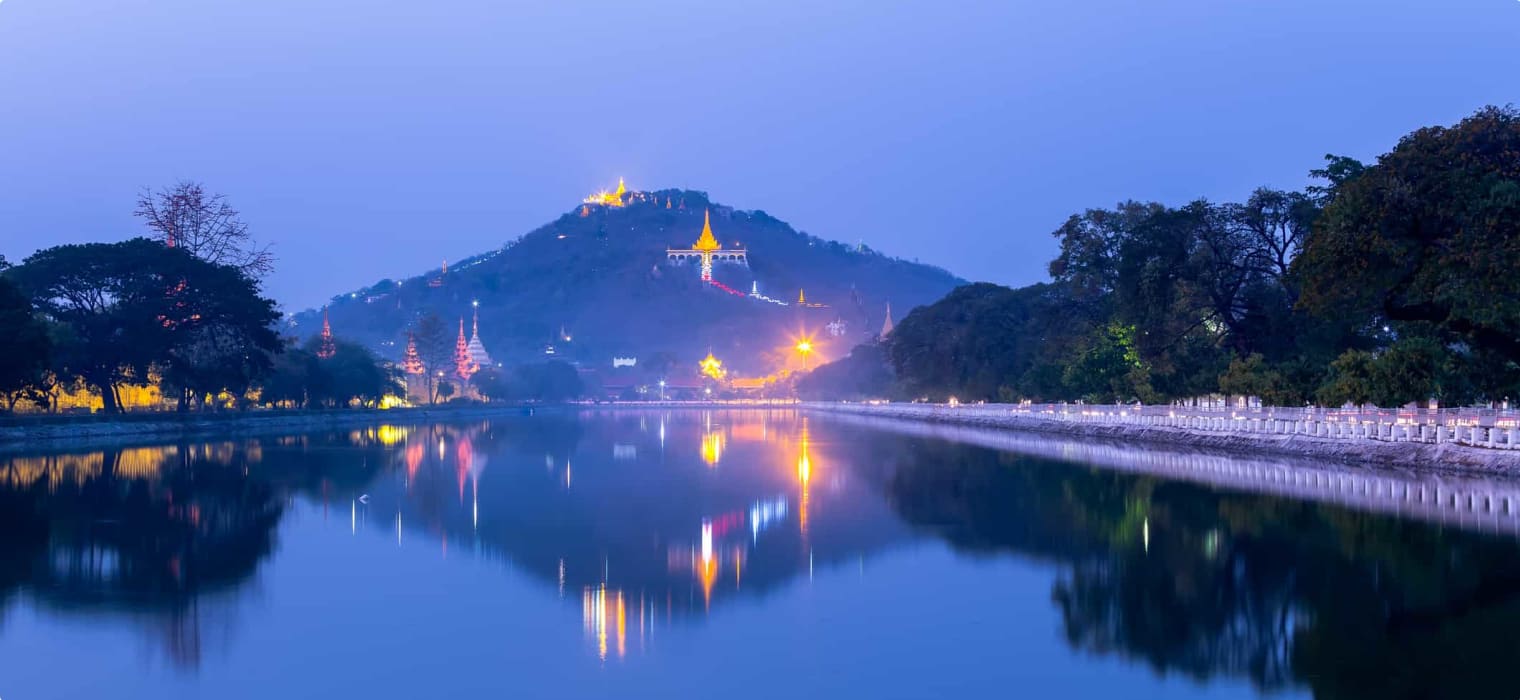
Highlights of Myanmar | Mandalay
Mandalay is Myanmar’s second largest city (after Yangon) and its last royal capital. Built in 1857 on the Irrawaddy River or Ayeyarwady River by King Mindon prior to complete British rule, the city of Mandalay still bear traces of royal grandeur in the palaces and monasteries built during his reign.
In ancient times, the trade route between India and China passed through Myanmar’s borders, making the region a centre of cultural and economic exchange. Myanmar was one of the first areas in Southeast Asia to receive Buddhism, and by the 11th century it was a centre of Theravada Buddhist practice.
The territory was ruled by successive kingdoms. Most notable was the Kingdom of Pagan (849-c.1300), which united Myanmar for the first time. The 18th century saw the reign of the increasingly expansionist Konbaung dynasty, whose founder, King Alaungpaya, built Yangon in 1755. In 1767 the dynasty captured the Siamese (Thai) city of Ayutthaya. Soon afterwards Myanmar occupied the princely state of Assam in northeast India, thus coming into contact with the British for the first time.
The kingdom of Myanmar got pulled into a series of wars (known as the Anglo-Burmese Wars). King Mindon is part of the Konbaung dynasty, ruling from 1853 to 1878. His predecessor, his brother Pagan, ruled during the Second Anglo-Burmese War. Mindon inherited a shrinking territory as the British refused to give in despite his appeals for peace. Against all odds, he built a new capital, Mandalay, in 1857 to 1859, and filled it with buildings showcasing traditional Myanmar design. The Mandalay Palace would be the last royal palace of the Burmese kingdom.
He also convened the Fifth Buddhist Council in the new capital, seeking to make Mandalay a centre of Buddhist learning. However, the British continued to annex areas of Myanmar, and in 1885, Mandalay, the last royal capital, fell to British troops.
Kuthodaw and Sandamuni Pagoda
Mandalay continues to be an important centre of Buddhist practice. It is home to many Buddhist monks. A result of the Fifth Buddhist Council in the city are the 730 pagodas (Kuthodaw, “Works of Royal Merit) at the foot of Mandalay Hill. Buddhist scriptures are inscribed on 729 marble slabs, accompanied by a small pagoda, with the 730th pagoda occupying the centre of the square.
With a similar layout is the Sandamuni Pagoda, commissioned by King Mindon in 1874 as a memorial to his younger brother, Kanaung Mintha, who was assassinated with his three sons during a palace coup in 1866.

Mandalay Palace
Mandalay Palace ceased to become a royal residence during the reign of Mindon’s son, King Thibaw Min, and is now a symbol of the city, and a tourist attraction. Visitors can walk around the area to experience the grand residence of the last Burmese monarch and learn about Burmese culture before Myanmar’s colonial era. However when you visit Myanmar, keep in mind that Mandalay was bombed during World War II, and that the royal palace complex we see now consist of (faithful) reconstructions.
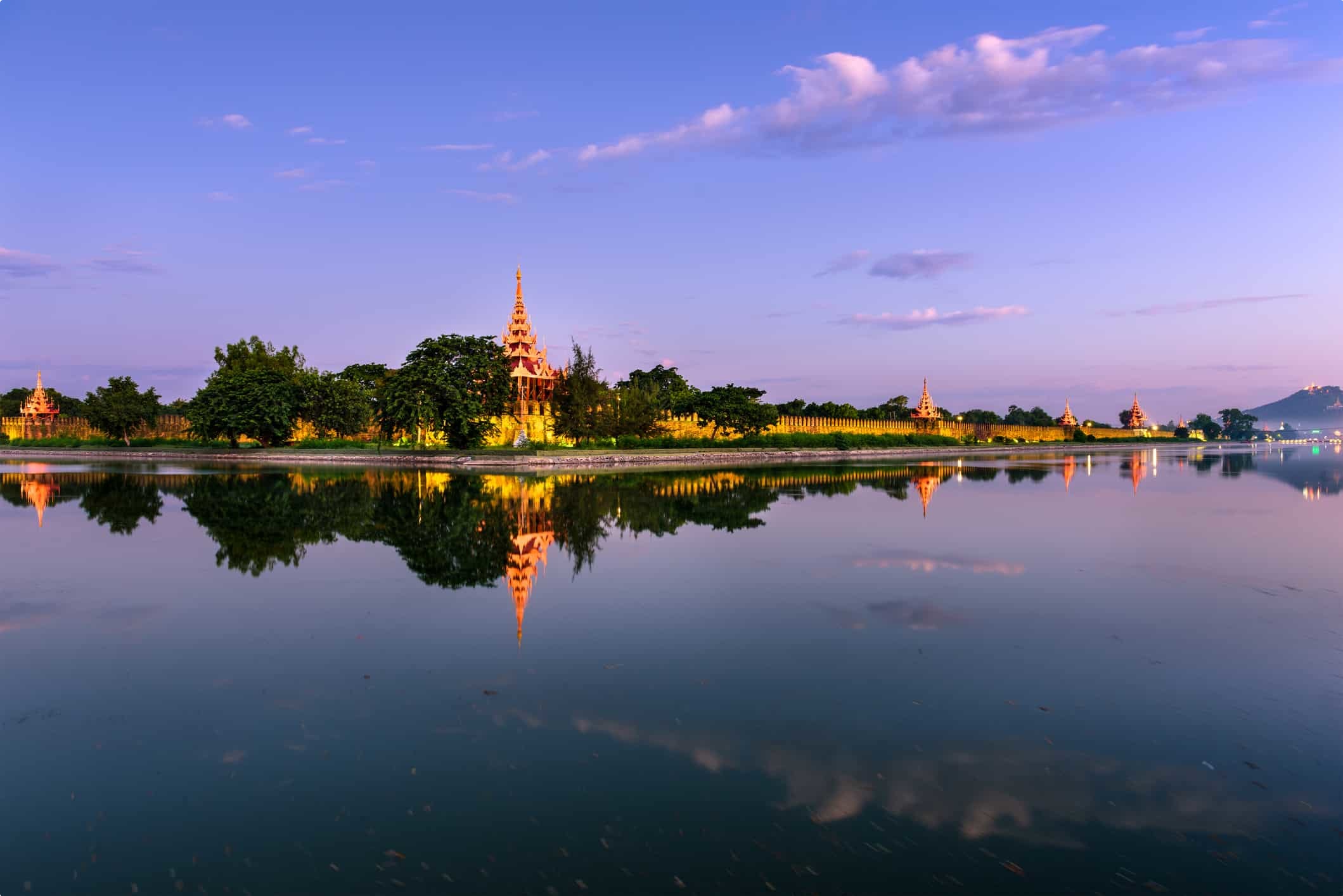
Shwenandaw Monastery
One major wooden building that survived the bombing in the complex was the amazing Shwenandaw Monastery. The historic monastery was built in 1878 by Thibaw Min, originally part of the palace in Amarapura, the former royal capital. The historic monastery has beautiful teak carvings and is itself built from teak.
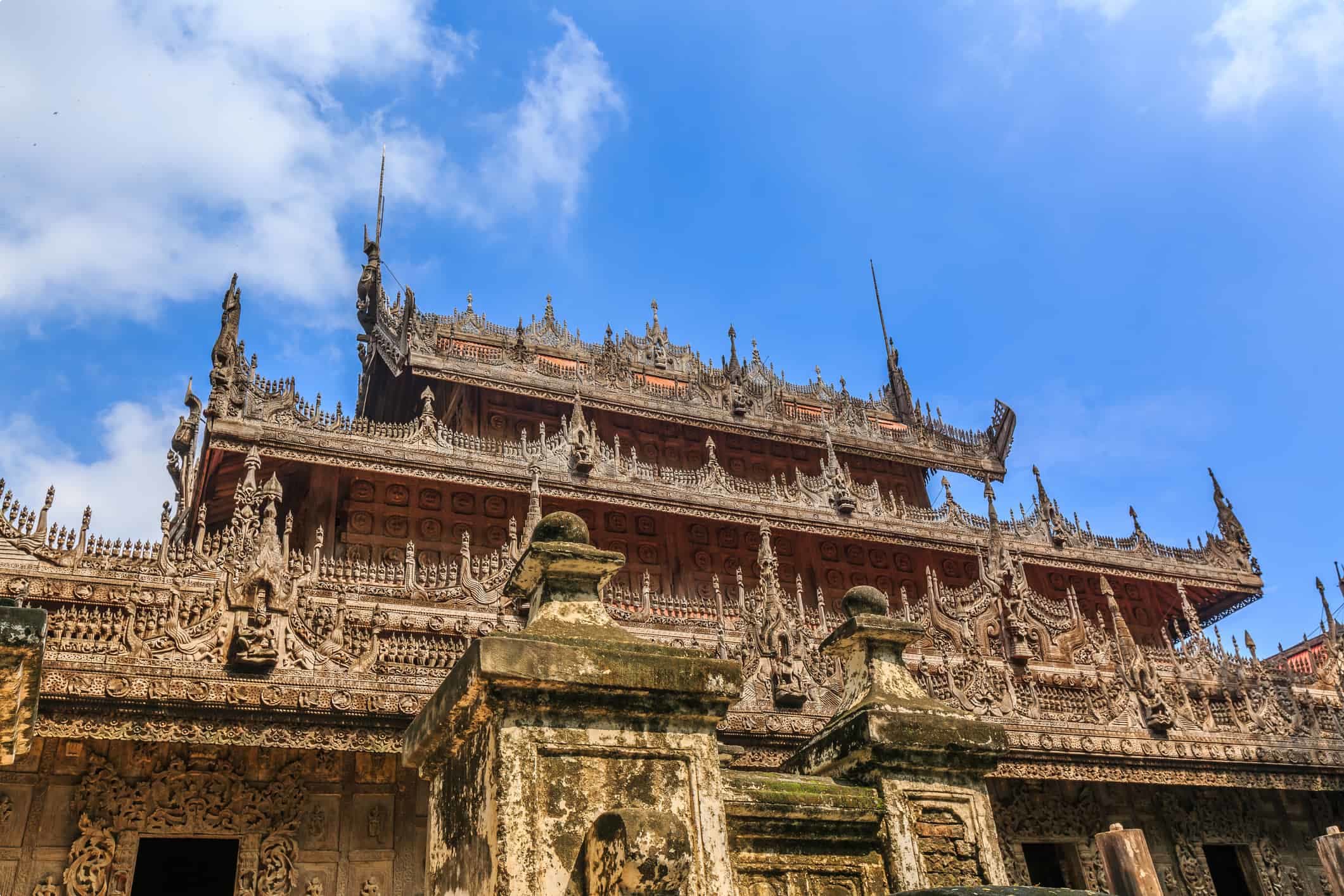
A cluster of workshops in Mandalay, surrounding the Mahamuni temple, specialise in carving statues of the Buddha. Wandering the workshops can be a good way to know more about the culture–just remember to be respectful of the artisans while they work and be careful as you walk.
A visit to the city can be a day tour from Yangon, or you can travel from Mandalay to Bagan by boat or car to continue your Myanmar journey.

Articles about Myanmar published by Odyssey Traveller.
External articles to assist you on your visit to Myanmar.
Related Tours
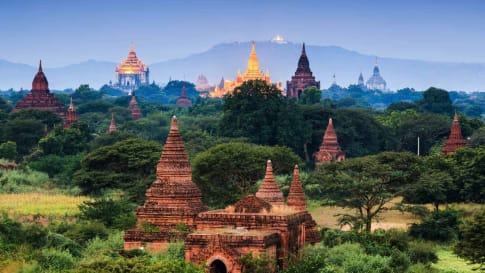
days
FebMyanmar's Art and Archaeology | Small Group Tour
Visiting Myanmar (Burma)
This is a wonderful small group program for seniors and mature couples and solo travellers focussed on the art and archaeology, designed to take you chronologically through Myanmar’s history. From Yangon to Pyay, where the 4th-9th century walled city has received Unesco World Heritage status, on to Bagan’s 10th-13th century pagodas, to Mandalay’s last royal dynasty and the 18th-19th century colonial era returning to Yangon for the colonial heritage and modern art scene.
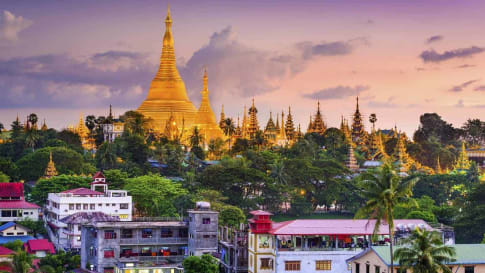
15 days
Oct, MarDiscovering Myanmar | Small Group Tour for Seniors
Visiting Myanmar (Burma)
Visitors to Myanmar will find a fascinating country full of old-world charm and rich culture. A beautiful scenic destination, we visit Yangon, Mandalay and Bagan on this small group tour for senior and mature travellers on a small group tour for couple and solo travellers.
From A$10,995 AUD
View Tour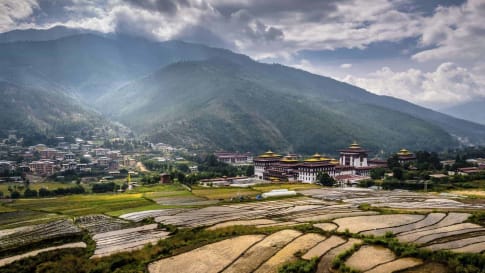
17 days
Sep, AprBhutan | Small Group Cultural Tour
Visiting Bhutan
An unhurried ocean of calm in a crowded continent, Bhutan is scenically magnificent. Join our small group escorted tour and walk up the mountain to the famous Tiger's Nest monastery. The Bhutanese will welcome you to share their distinctive culture, unpolluted environment, and colourful festivals.We explore centuries of Buddhist tradition inherited from Tibet that have shaped this land with art, dance, music, and even medicine shaped by religion.
From A$13,695 AUD
View Tour